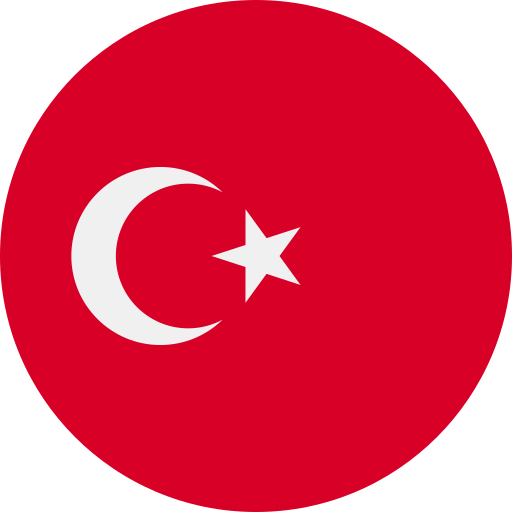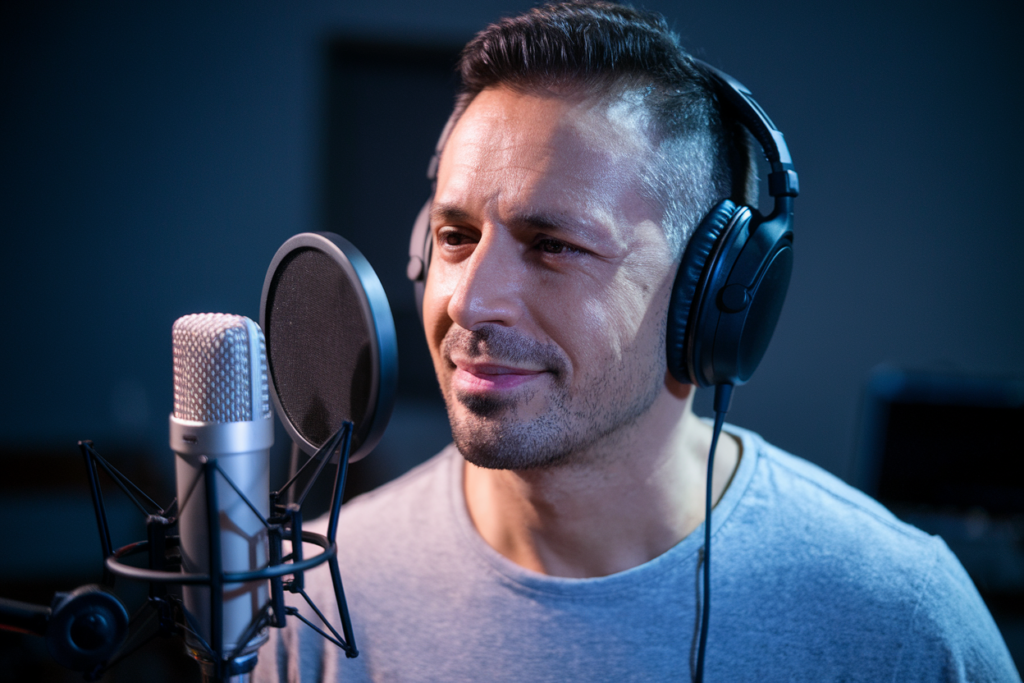Key Takeaways
- Historical Evolution: Turkish originated from Central Asia and has evolved significantly through history, influenced by migrations and cultural exchanges.
- Pivotal Historical Events: Key events, such as the Fall of Constantinople and language reforms initiated by Mustafa Kemal Atatürk, were crucial in establishing Turkish as a widely spoken language.
- Ottoman Empire’s Role: The Ottoman Empire facilitated significant linguistic exchange, enriching Turkish with vocabulary from Arabic and Persian during its expansive rule.
- Language Reforms Impact: Reforms in the 20th century simplified written Turkish and promoted literacy, making the language more accessible to the population.
- Globalization Influence: Recent globalization trends increased exposure to Turkish through media and technology, fostering interest in learning it worldwide.
- Modern Language Association: The establishment of the Turkish Language Association standardized grammar and vocabulary, unifying various dialects within Turkey.
Ever wondered how Turkish became one of the most widely spoken languages in the world? It’s a fascinating journey that intertwines history, culture, and migration. From its roots as a small Central Asian tongue to a global language spoken by millions today, Turkish has evolved dramatically over the centuries.
You might be surprised to learn that this transformation wasn’t just about geography; it involved pivotal moments in history that shaped nations and communities. As Turkey emerged as a cultural crossroads, the language adapted and spread far beyond its borders. Let’s dive into how these historical shifts contributed to making Turkish not just a national language but also an important medium for communication across continents.
Historical Background of the Turkish Language
The Turkish language has a rich history, evolving over centuries from its origins to become widely spoken today. Understanding this journey reveals how cultural and historical forces shaped it into a key medium for communication.
Origins and Development
Turkish belongs to the Turkic language family, which includes languages like Uzbek and Kazakh. Its roots trace back to Central Asia, where early Turkic tribes spoke various dialects around 500 AD. These dialects began to spread as nomadic groups migrated westward. By the 11th century, the Seljuk Empire established Turkish as an administrative language in Anatolia, marking a significant shift in its development.
As the Ottoman Empire expanded from the late 13th century onward, Turkish absorbed numerous influences from Arabic and Persian due to cultural interactions. This blending enriched vocabulary and grammar but also created complexity within the language. The Ottoman period saw Turkish evolve into a literary language used by poets and scholars while maintaining regional dialects among common people.
Key Historical Events
Several pivotal events contributed to making Turkish widely spoken today:
- The Fall of Constantinople (1453): This event marked a turning point for Turkish as it became integral in administration and culture within newly conquered territories.
- Language Reforms (1928): Under Mustafa Kemal Atatürk’s leadership, Turkey underwent major reforms that simplified written Turkish by adopting the Latin alphabet instead of Arabic script. This change enhanced literacy rates significantly.
- Nation-Building Post World War I: The establishment of modern Turkey prompted efforts to unify diverse linguistic communities under one national identity centered around standardized Turkish.
- Globalization: In recent decades, globalization has facilitated greater exposure to Turkish through media, education, and migration patterns across Europe and other regions.
These historical milestones solidified Turkish’s status not just within Turkey but also in surrounding regions, leading it towards becoming one of the most spoken languages worldwide today.
Influence of the Ottoman Empire
The Ottoman Empire played a crucial role in shaping the Turkish language’s development and spread. As one of the most powerful empires from the 14th to the early 20th century, it facilitated significant cultural exchange, which enriched Turkish with diverse linguistic elements.
Expansion and Cultural Exchange
You can trace the expansion of Turkish through its interaction with various cultures during the Ottoman period. The empire’s vast territory included parts of Europe, Asia, and Africa, exposing Turkish to numerous languages such as Arabic and Persian. This exposure led to an influx of vocabulary that remains integral to modern Turkish. For example, terms related to administration, literature, and science often have their roots in these languages due to their influence on Ottoman society.
Moreover, urban centers like Istanbul became melting pots where different dialects intermingled. Trade routes opened opportunities for merchants and travelers to communicate using Turkish as a lingua franca. Thus, you see how this cultural exchange not only expanded vocabulary but also solidified Turkish’s status as a common means of communication across diverse populations.
Language Policies and Reforms
Language policies during the Ottoman era significantly impacted how Turkish evolved over time. Under Sultan Mehmed II after the Fall of Constantinople in 1453, there was an emphasis on standardizing administrative language use in governmental affairs. This move established a more uniform version of Turkish that would later serve as a foundation for modern iterations.
In addition to administrative reforms, educational initiatives promoted literacy among citizens using simplified forms of written Turkish rather than complex Arabic script. These efforts laid groundwork for future reforms under Mustafa Kemal Atatürk in 1928 when he introduced Latin script for easier accessibility.
These systematic changes helped unify various dialects into what became known as Modern Standard Turkish—a pivotal moment that strengthened its position both within Turkey and abroad. Through these policies and reforms initiated by influential leaders throughout history, you witness how political decisions directly shaped linguistic evolution while promoting wider acceptance across different demographics.
Modernization and Language Reforms
Modernization and language reforms played a crucial role in the widespread use of Turkish. These initiatives transformed the language, making it more accessible to the general population and ensuring its relevance in contemporary society.
The Turkish Language Association
The Turkish Language Association (Türk Dil Kurumu) was established in 1932. Its mission focuses on promoting linguistic purity and developing modern Turkish. By creating standardized rules for grammar, vocabulary, and pronunciation, the Association facilitated communication across diverse regions. You can think of it as a guiding force that unifies various dialects within Turkey while preserving the essence of the language.
Impact of Atatürk’s Reforms
Mustafa Kemal Atatürk introduced significant reforms during his leadership from 1923 onwards. He aimed to modernize Turkey following its establishment as a republic. One major reform involved adopting the Latin alphabet in 1928, replacing Arabic script with a more phonetic system. This change enhanced literacy rates dramatically—by over 10% within just a few years.
Atatürk also encouraged simplifying vocabulary by eliminating many Arabic and Persian loanwords that had entered Turkish over centuries. He promoted using native words instead, which made everyday communication easier for citizens across different social classes.
Together, these efforts paved the way for Modern Standard Turkish as we know it today. As you look at how far Turkish has come, it’s clear that these foundational steps were pivotal in shaping its current status as one of the most widely spoken languages globally.
Globalization and Technology
Globalization and technology significantly impacted the expansion of the Turkish language. These factors enhanced communication, education, and cultural exchange on a global scale.
Role of Media and Communication
Media played a pivotal role in popularizing Turkish beyond national borders. Television shows, films, and music introduced audiences to Turkish culture and language. Popular series like “Diriliş: Ertuğrul” gained international acclaim, attracting viewers from various countries. This exposure created interest in learning Turkish as a second language among non-native speakers. Additionally, radio broadcasts and newspapers contributed to spreading linguistic awareness. Through consistent media presence, Turkish became more familiar to diverse populations.
The Internet and Language Learning
The internet revolutionized how people learn languages, including Turkish. Online resources such as interactive courses, mobile apps, and YouTube tutorials made it easier for learners worldwide to access educational content at their own pace. Social media platforms also fostered communities where enthusiasts could practice conversational skills with native speakers through video calls or chat groups. Websites dedicated to language exchange further enhanced this process by connecting learners directly with fluent speakers for real-time conversations. As technology continues evolving, so does the opportunity for individuals globally to engage with the Turkish language effectively.
Conclusion
The journey of the Turkish language is a testament to its resilience and adaptability. From its humble beginnings in Central Asia to becoming a global language, Turkish reflects a rich tapestry of history and culture. Its evolution has been shaped by significant events and reforms that united diverse dialects into Modern Standard Turkish.
As you explore the vibrant world of Turkish through media and technology, you’ll find it’s more than just a means of communication. It’s an invitation to connect with millions around the globe who share this fascinating linguistic heritage. Embracing Turkish opens doors to new cultures, ideas, and friendships that span continents.
Frequently Asked Questions
What is the origin of the Turkish language?
The Turkish language originates from the Turkic language family, with its roots tracing back to a small Central Asian tongue spoken by nomadic tribes around 500 AD. It evolved through various dialects and was established as an administrative language during the Seljuk Empire in the 11th century.
How did historical events influence Turkish?
Key historical events like the Fall of Constantinople in 1453 and reforms under Mustafa Kemal Atatürk in 1928 significantly shaped Turkish. These moments solidified its status, led to modernization efforts, and emphasized its role as a cultural crossroads that facilitated linguistic adaptation.
What role did the Ottoman Empire play in shaping Turkish?
The Ottoman Empire greatly influenced the Turkish language by facilitating cultural exchange across its vast territory. This interaction enriched Turkish with vocabulary from Arabic and Persian, making it a lingua franca along trade routes and allowing various dialects to develop.
What were Atatürk’s contributions to modernizing Turkish?
Mustafa Kemal Atatürk implemented significant reforms after 1923, including adopting the Latin alphabet in 1928. He simplified vocabulary by reducing loanwords and promoted literacy initiatives that unified various dialects, laying the foundation for Modern Standard Turkish.
How has globalization affected the spread of Turkish?
Globalization has expanded interest in learning Turkish through media such as television shows, films, and music. Popular series like “Diriliş: Ertuğrul” have gained international acclaim, while technology provides interactive courses and social media platforms connecting learners with native speakers worldwide.







